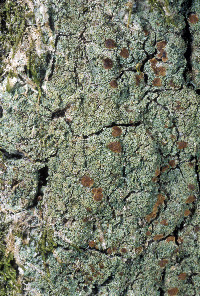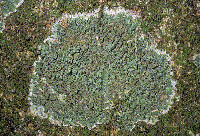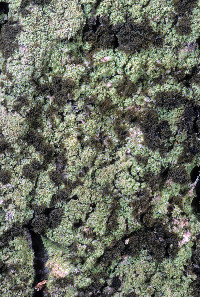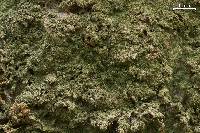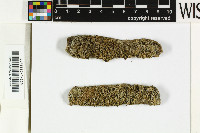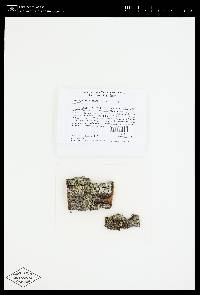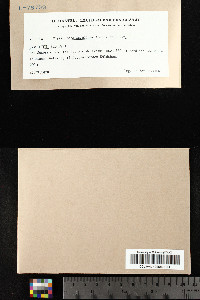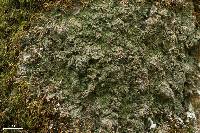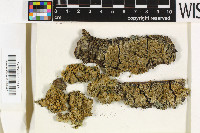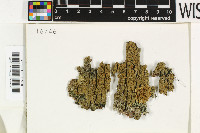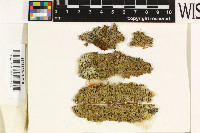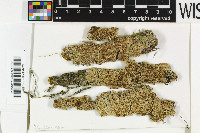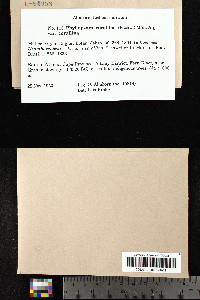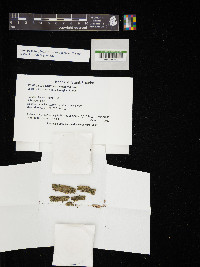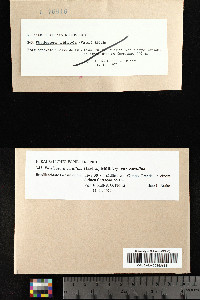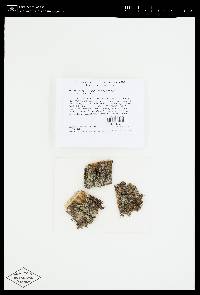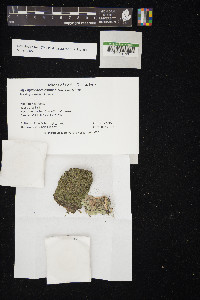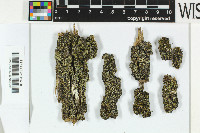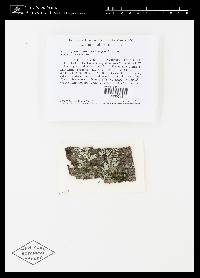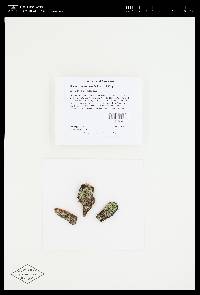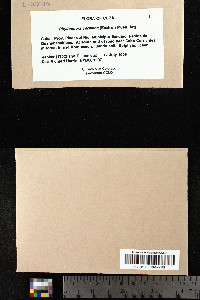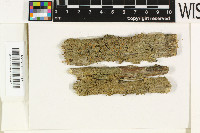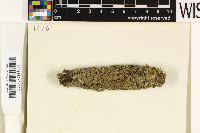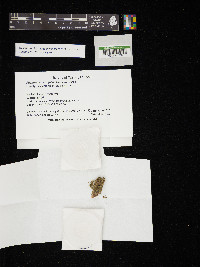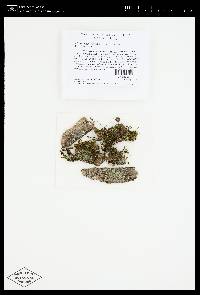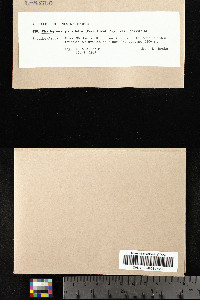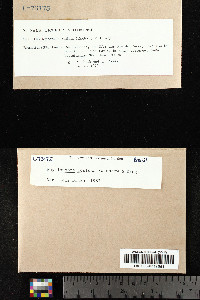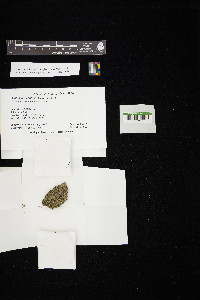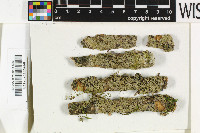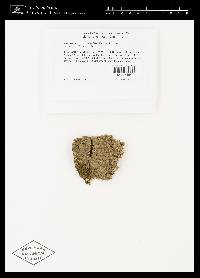
- Home
- Search
- Images
- Species Checklists
- US States: O-Z >
- US National Parks
- Central America
- South America
- US National Parks
- Southern Subpolar Region
|
|
|
|
Family: Ramalinaceae
|
MB# 111799 TYPE. KENYA. Central Province, Kirinyaga District, Mt Kenya, 2 km NW of Irangi Forest Station, near Eva River, 0°20’S, 37°28E, 2000 m elev., 1972, Krog & Swinscow K48/177 (O, holotype). Life form. Lichenized fungus. Description. [Modified from Timdal & Korg 2001] Thallus effuse, squamiform; squamules small, narrow, ascending, lacinulate, imbricate, flat to weakly convex, dull green, smooth to finely pubescent along margin. Prothallus thin, often well-developed, white or partly reddish-brown. Lacinules coralloid; true isidia absent. Upper cortex 15-20 μm thick, lacking crystals. Ascomata biatorine apotheica, sometimes absent, up to 3 mm diam., rounded to irregular, solitary; disk flat to moderately convex, pale to medium brown; margin indistinct, smooth, usually paler than disk. Exciple hyaline; hypothecium hyaline or tinged reddish brown; hymenium hyaline or tinged reddish brown; epihymenium hyaline. Asci 8-spored; ascospores hyaline, narrowly ellipsoid or shortly bacilliform, simple, 9 – 11 x 2 – 2.5 μm. Conidiomata not known. Chemistry. K-, C-, PD-; no lichen substances detected by TLC. Substrate and habitat. Corticolous on conifers and hardwoods in mesic and humid forests. Distribution. Pantropical; in North Carolina found throughout. Note. This species can be confused with related Phyllopsora species based on morphology alone, but negative test reactions help discern this species, especially when found sterile. Literature Kistenich, S., M. Bendiksby, S. Ekman, M.E.S Cáceres, J.E. Hernández & E. Timdal (2019) Towards an integrative taxonomy of Phyllopsora (Ramalinaceae). The Lichenologist 51(4): 323-392. Timdal, E. & H. Krog (2001) Further studies on African species of the lichen genus Phyllopsora (Lecanorales). Mycotaxon 77: 57-89. |



